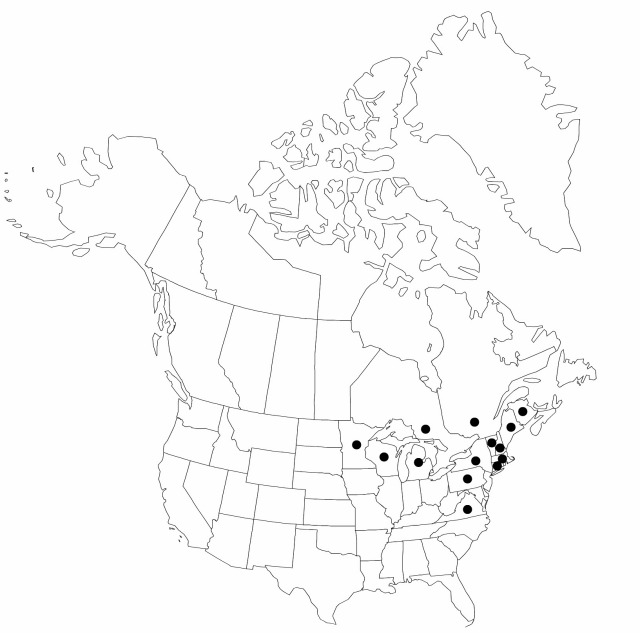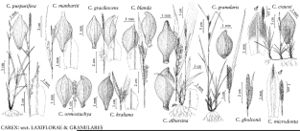Difference between revisions of "Carex ormostachya"
Rhodora 24: 196. 1922.
FNA>Volume Importer |
imported>Volume Importer |
||
| Line 8: | Line 8: | ||
}} | }} | ||
|common_names=Carex en chapelet | |common_names=Carex en chapelet | ||
| + | |special_status={{Treatment/ID/Special_status | ||
| + | |code=F | ||
| + | |label=Illustrated | ||
| + | }}{{Treatment/ID/Special_status | ||
| + | |code=E | ||
| + | |label=Endemic | ||
| + | }} | ||
|basionyms= | |basionyms= | ||
|synonyms= | |synonyms= | ||
| Line 45: | Line 52: | ||
|publication title=Rhodora | |publication title=Rhodora | ||
|publication year=1922 | |publication year=1922 | ||
| − | |special status= | + | |special status=Illustrated;Endemic |
| − | |source xml=https:// | + | |source xml=https://bibilujan@bitbucket.org/aafc-mbb/fna-data-curation.git/src/bb6b7e3a7de7d3b7888a1ad48c7fd8f5c722d8d6/coarse_grained_fna_xml/V23/V23_803.xml |
|genus=Carex | |genus=Carex | ||
|section=Carex sect. Laxiflorae | |section=Carex sect. Laxiflorae | ||
Revision as of 22:37, 27 May 2020
Culms densely tufted, central, erect or ascending, 28–44 cm × 1.4–1.8 mm. Leaves: basal sheaths purple or slightly purple; sheaths 2–24 mm; blades erect or ascending, green or yellow-green, midrib developed adaxially, 2 lateral veins developed abaxially, flat, 12–28 cm × 3.5–12 mm, overwintering dead leaves lateral to new clumps, smooth adaxially. Inflorescences: peduncles of lateral spikes 0–6.4 cm; of terminal spike 0.2–2.6 cm. Bracts 1.4–12.4 cm × 1–6 mm, angles of bract sheath smooth or minutely papillose, bract blade of distal lateral spikes linear. Spikes 4(–5) per culm; lateral spikes (15–)19–33 × 3.4–4 mm; internodes in proximalmost spikes 3.3–14 mm; terminal spike linear, 6–25 × 2–3 mm. Pistillate scales 2.8–3 × 2–2.4 mm, apex apiculate or aristate. Staminate scales oblong ovate, 3.5–4.5 × 0.8–1.2 mm, margins hyaline or brownish, apex obtuse or acute. Anthers 2.4–2.8 mm. Perigynia 6–18 per spike, separate or loosely overlapping, finely, conspicuously (22–)25–32-veined, broadly obovate, 2.2–3.3 × 1.2–1.6 mm; beak curved, 0.1–0.3 mm. Achenes ovoid, 2–2.8 × 1–1.4 mm.
Phenology: Fruiting spring–summer.
Habitat: Moist to dry deciduous, evergreen, or mixed deciduous-evergreen forests, frequently sandy gravel or disturbed soils
Elevation: 0–1000 m
Distribution

N.B., Ont., Que., Conn., Maine, Mass., Mich., Minn., N.H., N.Y., Pa., Vt., Va., Wis.
Discussion
Selected References
None.
